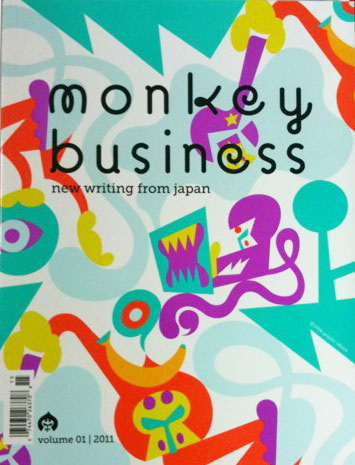Good Chinese Wife by Susan Blumberg-Kason
The best travel literature is written by people who live in a country, submit to its culture, and love it—warts and all. Susan Blumberg-Kason in her new memoir, Good Chinese Wife, does all of that and much more. She traveled to China, moved to Hong Kong, and fell in love with a man from a small Chinese town. And reader, she married him--and lived to tell the tale.
Few women of her time were as freshly-minted as Susan was when she went off to graduate school in pre-handover Hong Kong. Her geographic travels had probably almost filled up a passport—with a mother who worked for an airlines, Susan could, and did, hop on a plane and go anywhere she liked. An adventurous teenager, she had been to mainland China more than once, was attracted to what she saw in that newly-opened country—and she became downright besotted with Hong Kong.
And yet, in her early twenties, by the time Susan came to live in that city, she had been involved with only one serious boyfriend. With the freedom that came from living far from home, in a new country, she embarked on a couple of fleeting affairs. Then she met Cai.
He was handsome, sophisticated, an older man. Susan was a Mandarin-speaking American girl, eager and sparkling. Within a very short time, this unlikely couple fell in love, became engaged, and were married. Cai spoke English, Susan was fluent in Mandarin, but neither had the skill to plumb the other’s character as thoroughly as either of them should have. When Cai spent his wedding night in a luxurious Kowloon hotel watching porn films on pay-per-view TV, Susan didn’t ask him why. When Susan was devastated that there was no time to go to an English-language bookstore when the couple had a brief stop in Shanghai, Cai didn’t bother to discover the reason that his bride was so upset. Then there was the question of “Japanese Father,” a professor who loomed large in Cai’s regard and cast a sinister shadow on the life of the young couple from the very beginning of their marriage. In a burst of true saintliness, Susan kept her misgivings about this man to herself, even when he provided Cai with a gigantic and mysterious sum of money.
When Cai and Susan moved to San Francisco and bought a house, his parents soon followed, bringing their culture with them—and of course, Japanese Father showed up for a visit. By then, there was a baby, and Susan became a young mother as well as the primary bread-winner for her extended family.
In so many ways, this story is a heart-breaker—and yet, like the best memoirs, it takes its readers on a journey. Susan Blumberg-Kason skillfully avoids any melodramatic tinge as she unfolds her novelistic history. She shows how it was to live in Hong Kong before it became semi-autonomous, what it is to be part of a rural Chinese household, and the innermost intricacies of a very complicated marriage.
Racing through her pages, moaning in sympathy at one moment and feeling envious in the next paragraph, readers of Good Chinese Wife have to keep one thing in mind: Don’t forget to exhale during the many moments that this splendid book takes your breath away. ~Janet Brown



















